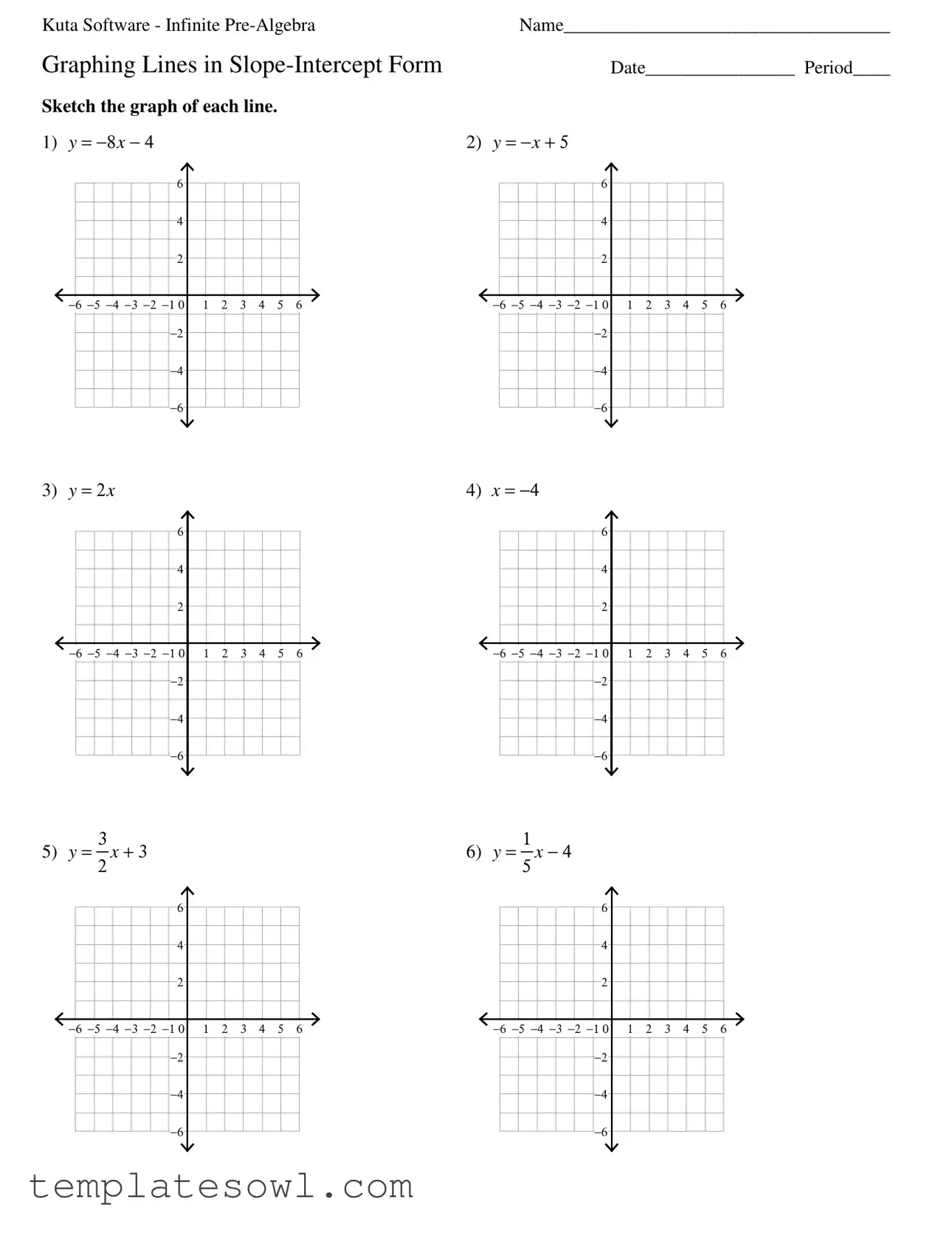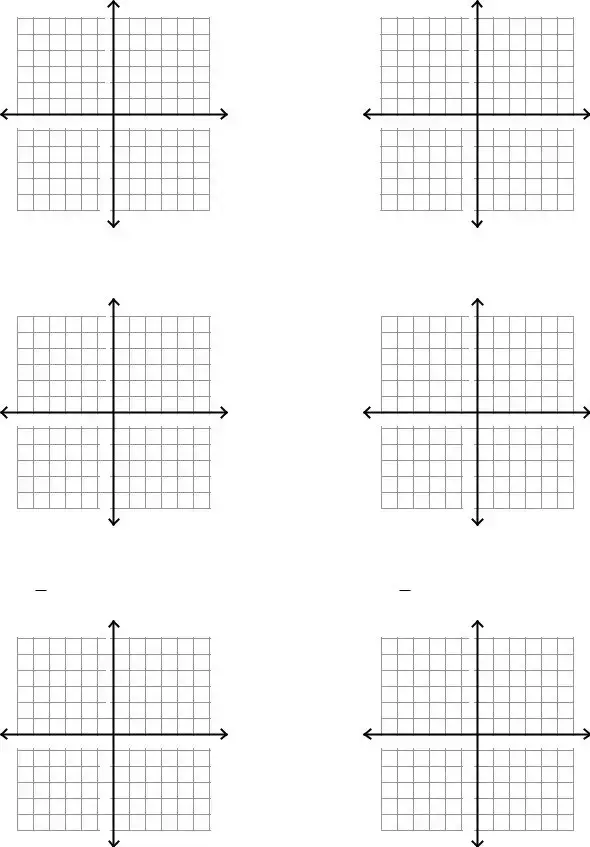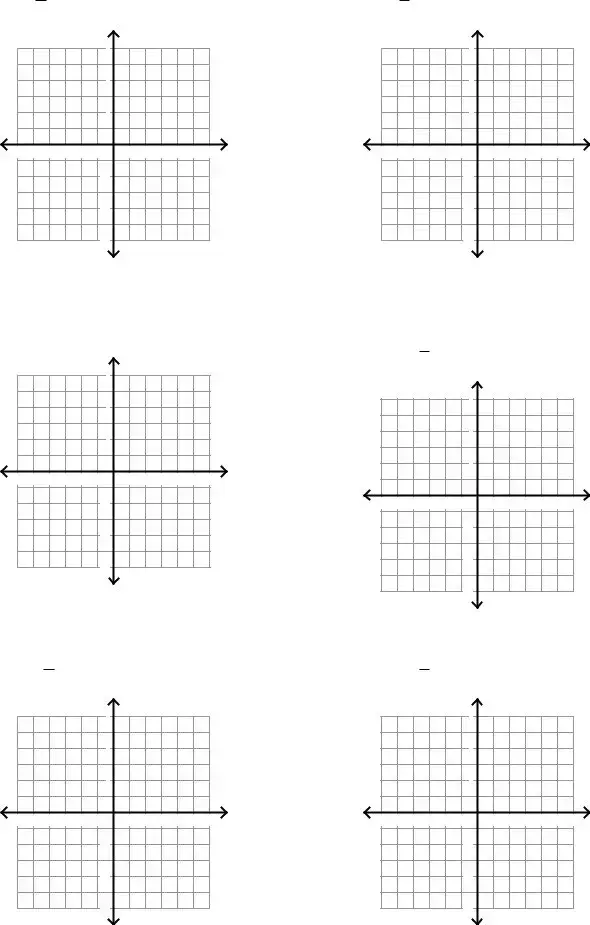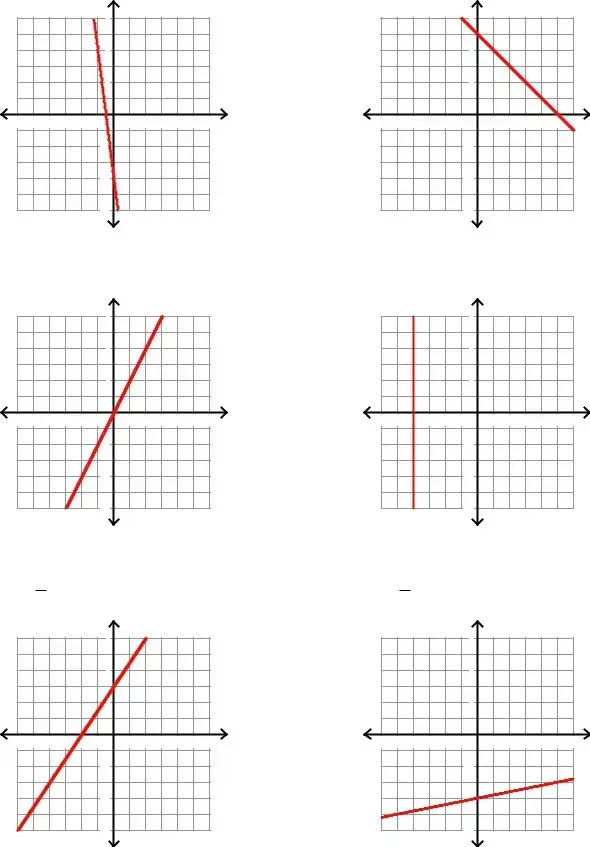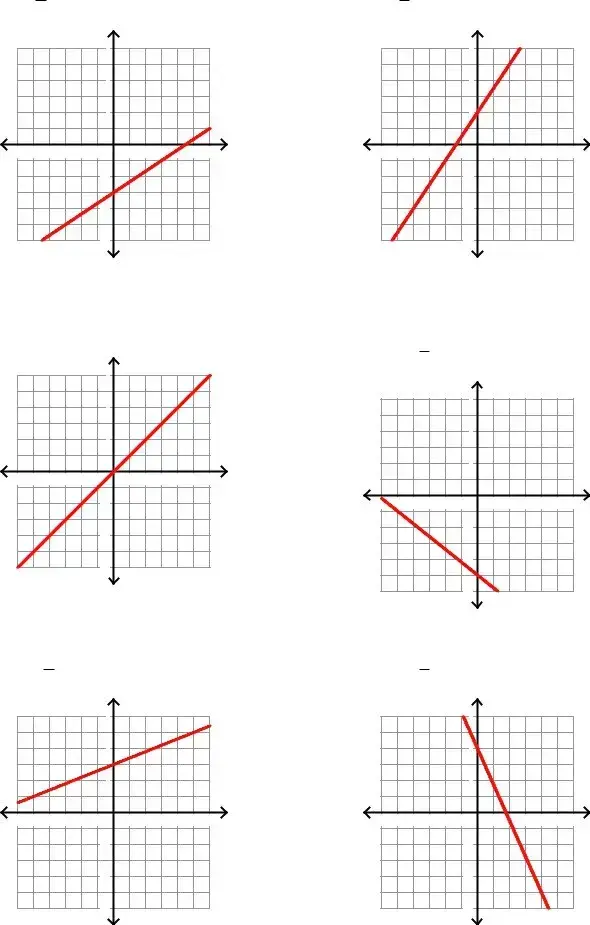What is the slope-intercept form of a linear equation?
The slope-intercept form of a linear equation is expressed as Y = mx + b. Here, 'm' represents the slope of the line, and 'b' is the y-intercept, which is where the line crosses the y-axis. This format provides an easy way to identify the key characteristics of the line.
How do you identify the slope from an equation in slope-intercept form?
The slope is the coefficient of 'x' in the equation. For example, in the equation Y = 3X + 2, the slope is 3. This indicates that for every unit increase in 'x', the value of 'Y' increases by 3 units. If the slope is negative, the line will decline as you move from left to right.
What does the y-intercept represent in slope-intercept form?
The y-intercept, denoted by 'b', is the value of 'Y' when 'X' equals zero. In the equation Y = -4X + 5, the y-intercept is 5. This means the line crosses the y-axis at the point (0, 5).
How can you graph a line using slope-intercept form?
To graph a line using slope-intercept form, start by plotting the y-intercept on the graph. Then, use the slope to determine another point on the line. For example, if the slope is 2, you would rise 2 units and run 1 unit to the right from the y-intercept point. Connect these points to form the line.
Can a line have a zero slope? If so, what does that mean?
Yes, a line can have a zero slope. When the slope is zero, the equation can be written in the form Y = b. This results in a horizontal line. For example, in the equation Y = 4, the line runs parallel to the x-axis and crosses the y-axis at the point (0, 4).
What is the significance of a negative slope?
A negative slope indicates that as the value of 'x' increases, the value of 'Y' decreases. For example, in the equation Y = -2X + 1, the slope of -2 suggests that for every unit increase in 'x', 'Y' will decrease by 2 units. The line will slope downward from left to right.
How do you convert an equation from standard form to slope-intercept form?
To convert an equation from standard form (Ax + By = C) to slope-intercept form (Y = mx + b), isolate 'Y' on one side of the equation. This often involves moving 'Ax' to the other side and then dividing by 'B'. For example, from the standard form 2X + 3Y = 6, subtract 2X from both sides to get 3Y = -2X + 6, then divide through by 3 to find Y = -2/3X + 2.
What happens when the equation of the line is vertical?
A vertical line cannot be expressed in slope-intercept form because its slope is undefined. Vertical lines have equations of the form X = a constant, such as X = -4. In this case, the line runs vertically through the x-value of -4 and does not have a y-intercept.
